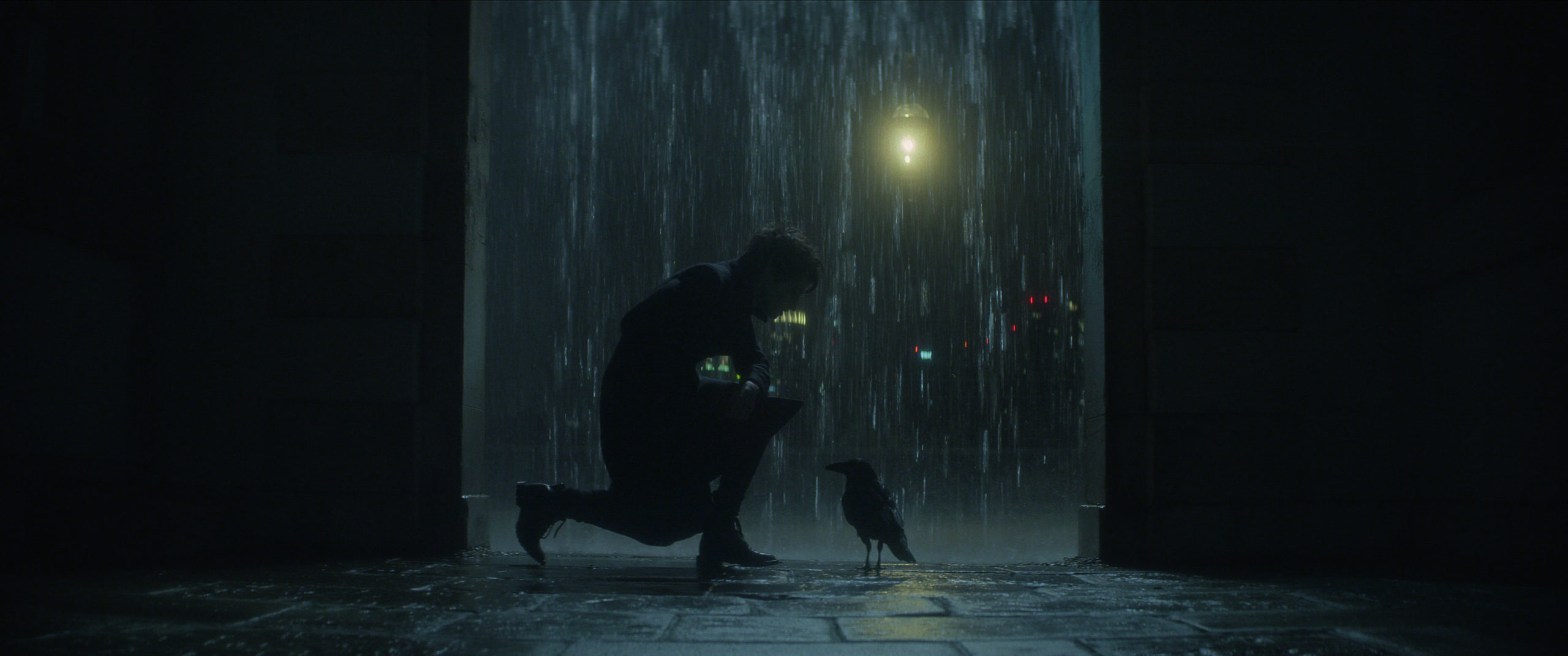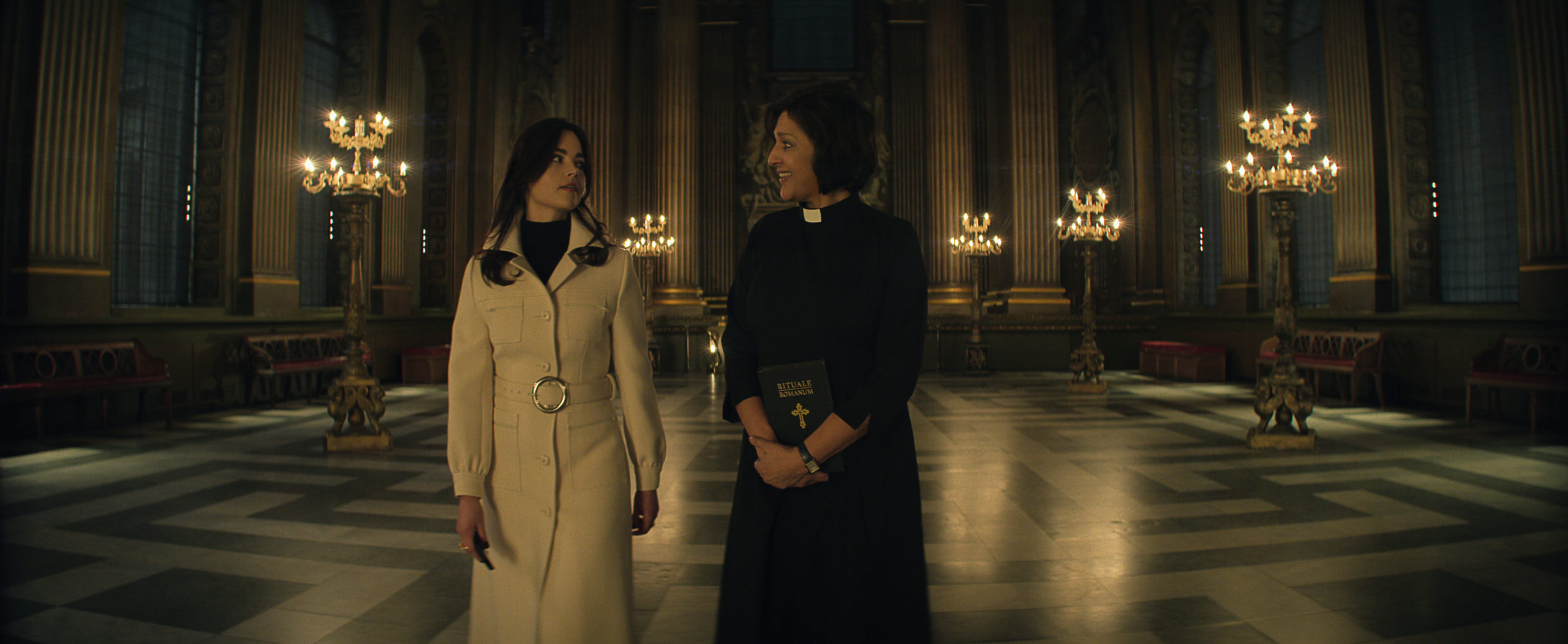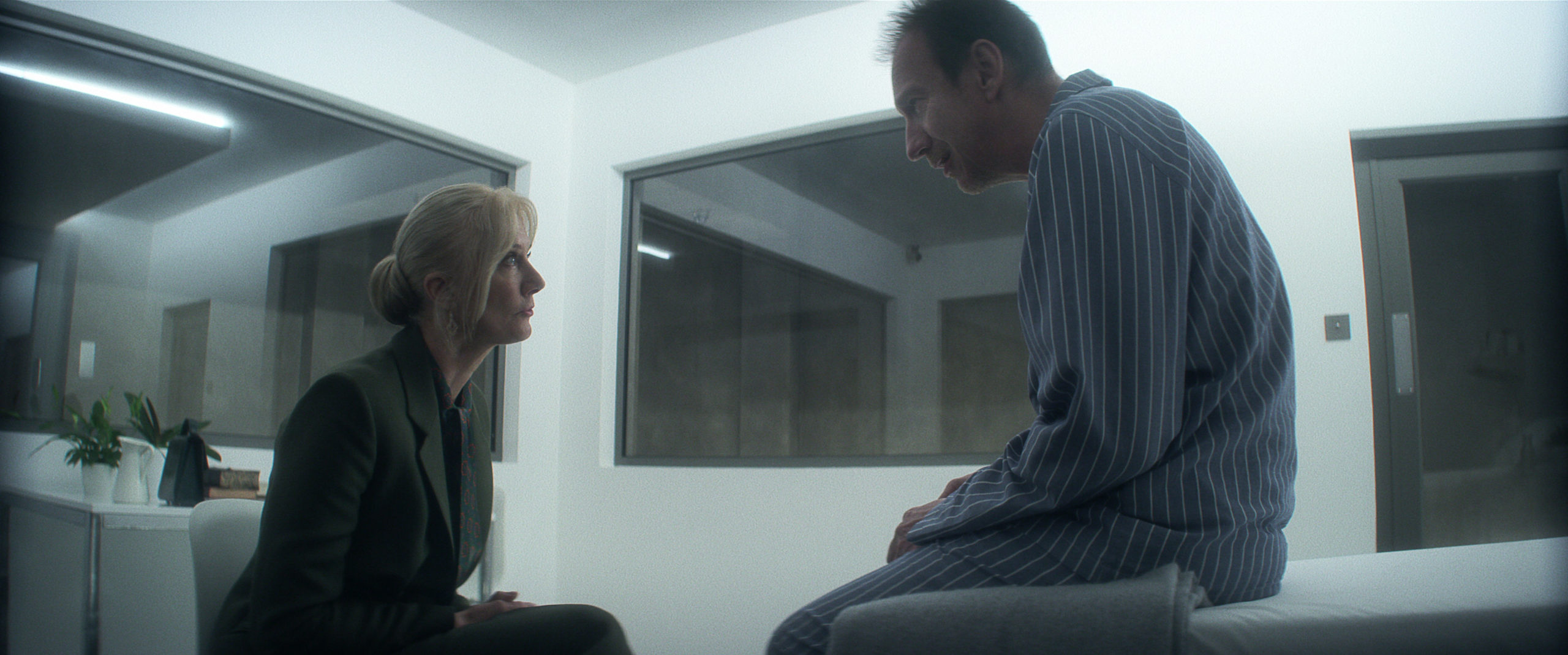
Dream reconnects with the latest member of a family line with long connections to him, regains the first of his stolen tools, and processes the trauma of his captivity. For the first time, the series veers rather sharply from the source material, for various reasons ranging from changing times and the particular demands and expectations of different media to the problem of characters from a shared universe who have already appeared in other shows and movies. But the roadblocks to adapting this episode (each of the episodes so far is a direct adaptation of the first three issues of the monthly comic) wound up spurring writers Jim Campolongo, Neil Gaiman and David S. Goyer to create one of the better self-contained episodes of the season and demonstrate how you can hit all the same beats and even recreate some moments from the source material verbatim while taking the characters on emotional journeys not found in the original story. Because this episode is the first one to part ways with the source material and it’s arguably the first truly cohesive, more or less self-contained tale (it could easily launch a Johanna Constantine spinoff series), it tends to throw the entire approach to the adaptation into question. The first two episodes of The Sandman are nearly verbatim lifts from the original comic books. Going forward, we’ll see that this extremely literal and texturally accurate approach to the adaptation has its pros and cons, but this was the first episode of the series that made us wonder if the adaptation should be interpreted a little less faithfully to the source material.
Johanna Constantine, a demon hunter and magic-user, finds herself inside a seedy nightclub after a friend of hers summoned a demon as “a bit of fun” and it seems to be tearing its way through a hell portal in the basement. Just as she opens the door to confront it, she wakes up in a taxi. She’s dreaming of old battles even as she travels to new ones. The dream seems to unsettle her not just because of the memory attached, but because of what it may be saying about the night ahead of her. She has good reason to trust augurs and premonitions. They’re central to her line of work – as is knowing some fairly colorful, evidently not entirely human in the conventional sense folks like Mad Hettie, who is what we’d call an unhoused person in 2022 and who would likely laugh heartily upon hearing herself described that way. She tells Johanna that Morpheus, the Oneiromancer, the Sandman is back. Johanna scoffs, but Hettie is sure. “I’m 280 years old and I know.” It should be noted that Hettie has a London cockney accent that effectively doesn’t exist anymore.

Johanna, who has a great coat, has been summoned by her friend Ric the Vic(ar) to deal with a sticky Church of England situation; namely a demon-possessed member of the royal family demanding to be married to a footballer immediately. Johanna claims to be done with that lot, who have apparently needed her magic-wielding help in the past and like to be tied up, according to her. “If our chat goes wrong, I’ve got a dead princess on my hands, a demon on the loose, and no one to pay my fee,” she argues. Jenna Coleman is really great here; giving us a little bit of that fast-talking adventurer vibe from her old Doctor Who character Clara Oswald, but crossed with the kind of cynicism and selfishness you’d expect from a Constantine. In the books, this character is John Constantine, who has been portrayed by Keanu Reeves in one film and Matt Ryan in dozens of episodes of Arrow-verse television, appearing in Legends of Tomorrow and crossing over to various other DC shows on the CW. Perhaps in order to streamline the story and make it more televisual, the John of the books has been replaced with Johanna… also from the books. Without getting too far into the weeds, the Johanna that you meet later in the series is a direct lift from the books and the show’s creators opted to have the same actress portray her descendant. Not only does it work, it improves the story, giving the Johanna of earlier in Dream’s timeline much more weight and importance and making the overall story that much more cohesive. It also plays into a theme of doppelgangers and lookalikes that the books sometimes dabbled in, although we have yet to see it play out on the show.
Johanna performs the exorcism disguised as a marriage ceremony, which forces the demon out of the princess’s groom in a wonderfully gruesome moment. The series could use more of these. Morpheus identifies him as Agilieth, who in turn identifies the King of Dreams to a surprised Johanna. The demon promises to tell Dream which demon in hell has his helm, but Johanna sends him back to hell (with the words “Fuck off to hell”) before Dream can bargain with him. Dream ordered her to stop and is angry with her for defying him but she shrugs him off. Outside the church, she finds him conferring with Hettie, who calls him “Milord,” and says it’s good to have him back. Like Hettie, Johanna knows the particulars of Morpheus, calling him “Endless” and admitting that her family has been telling stories about him for generations. She shrugs when he claims his realm will collapse and humanity will suffer without dreams if he doesn’t find his tools, telling the King of Dreams that she could do without dreams for a while. She points out that he’s being trailed by a raven, who sheepishly introduces himself to Dream as Matthew. He sounds like Patton Oswalt and he’s been sent by Lucienne. Dream orders him to go home but surprisingly, Matthew refuses and implies that he only takes orders from Lucienne, which pisses Dream off. While they’re arguing, Johanna gives them both the slip. She’s the kind of girl who has no problem saying no to a god, it would seem.

But you can’t really escape your dreams and Morpheus finds her there, reliving the painful past. He witnesses the memory of the hell portal in the basement that haunts her; an exorcism gone wrong that resulted in the death of a little girl. When she wakes, he tells her he can make those dreams go away if he helps her. She finally agrees to help him. When he mentions the name of Roderick Burgess to her she almost immediately pieces together that Dream was the long-rumored demon Burgess was purported to have locked in his basement. She’s shocked to discover this. Knowing that Dream has been effectively tortured for a century, she immediately sees him in a different light. He shows her a picture of her and her ex-girlfriend and notes how different she looks when she’s happy, which causes her to remember where his bag of sand is. Here is where the episode veers off from the original story and we think it’s interesting to note how and why. As we said, in 1989, this was about John Constantine, demon hunter, haunted by an exorcism gone wrong, great coat, ex-girlfriend with a bag of sand. But in the original, John’s ex was a junkie; a “stupid bitch” as he called her, who stole his stereo and a bunch other stuff and ran off with it. The sand was portrayed not as a metaphor for drugs, but an actual drug that was keeping her high and causing her to waste away. It was a very 1980s sort of story. They could have told the same story with Johanna’s ex, but they took it in the opposite direction. Johanna was the one who ran off, accidentally leaving her bag of sand behind and breaking her girlfriend’s hear. Rachel, we are told and shown, is an extremely good person who didn’t deserve any of this. This shifts the blame of Rachel’s death entirely to Johanna. It leaves Johanna in a much darker place emotionally at the end of the episode, which is interesting, because in so many other ways, they pulled back on the horror and darkness inside Rachel’s apartment, which was originally smeared with remains of her dead father and ended with her dying naked, her skin hanging off her skeletal form. We suppose it was decided that such imagery was a bit much for a Netflix series and they shifted from body horror to emotional horror.
Meanwhile, Ethel is telling her son John that the ruby’s rightful owner is coming for it and he scoffs, having apparently heard these sorts of warnings about the Sandman from her his whole sorry life. He accuses her of lying her whole life and tells her that he’s figured out that Roderick Burgess was his father. “Your father was a cunt who wanted me to abort you” she replies. He doesn’t want to give her the ruby and says that he’s “altered” it so that only he can use it. He wants to use the ruby to wipe out the Sandman. She reminds him that people died “the last time,” which would explain why he’s in a cell. John gets one hell of a story in a future episode, but a lot of this interaction with his mother is a little tedious to watch; just two people in a cell rehashing a history we weren’t witness to. Much of this is in service to setting up John’s obsession with lying, which will inform all of his actions going forward, but it takes a long while to get there. Gaiman probably had an easier time of establishing John’s motivations in the original comics, because he was a rather simplistic Justice League supervillain called Doctor Destiny, with your basic conquer-the-world supervillain motivations.

Dream and Johanna find Rachel wasting away in bed, clutching the sand and dying. Dream takes his sand from her and she cries out in pain. Johanna is appalled that he’d leave her to die and accuses him of hating humanity because of what Roderick Burgess did to him. This is all a very good televisual adaptation of the story, giving character’s brief emotional arcs that they didn’t have in the original. “We’re all just Roderick Burgess to you. All you care about is your sand. Your power,” she sneers. “What is the point of you?” This will become a central question of the story. Chastened, Dream uses the sand to give Rachel a happy death. Between this and Gregory’s last episode, the series is showing itself to be good at depicting poignant deaths of characters we barely know. This will be a good skill for the creators to have.
In a last-ditch attempt to convince John to give up the ruby, Ethel takes off her amulet of protection and gives it to him. She immediately ages and dies in his arms. The guard thinks he killed her, points a gun at him and fires, but because he’s wearing the amulet, he explodes instead. John walks out of his cell, blowing up several security guards along the way. He walks out of the hospital and runs right into The Corinthian, who gives him the coat off his back. “The only thing that matters to me is that you get to where you’re going,” he tells him.
Johanna tells Dream that Rachel was a good person, unlike Roderick Burgess and herself. Dream emphatically tells her that she is not comparable to his former captor, tying a nice little bow on their earlier disagreement and effectively wrapping up their story together. She tells Matthew to look after Dream and leaves. He calls out that her nightmare won’t bother her anymore. We’re ready for a Johanna spin-off show. Matthew tells him he did a nice thing for Rachel and Dream icily tells him to never spy on him again. Tellingly, Matthew largely ignores him and waves it off. Dream relents and realizes he can use Matthew at his next stop, in hell. Matthew asks him if he means that metaphorically which almost feels like a meta-commentary on how literal everything is in this story. We go back and forth on Patton Oswalt as Matthew. He’s well-suited to the character, but we really don’t like a lot of his line readings, which are just a bit too “Do you mean to tell me that [insert exposition here]?!?” for our tastes. It’s all just a little too obvious and un-natural. We know he’s a talented voice actor, so we have to figure part of the problem is the dialogue and part of it is the direction he’s receiving. In the next episode, he delivers a line so badly that it made us cringe and momentarily pause our watch to announce how bad it was. Having said that, his “Fuck it, let’s go to hell” was pretty funny.
THE GILDED AGE stars Denée Benton and Louisa Jacobson for TATLER Magazine Next Post:
NOT OKAY Star Zoey Deutch in Valentino on THE TONIGHT SHOW STARRING JIMMY FALLON
Please review our Community Guidelines before posting a comment. Thank you!



